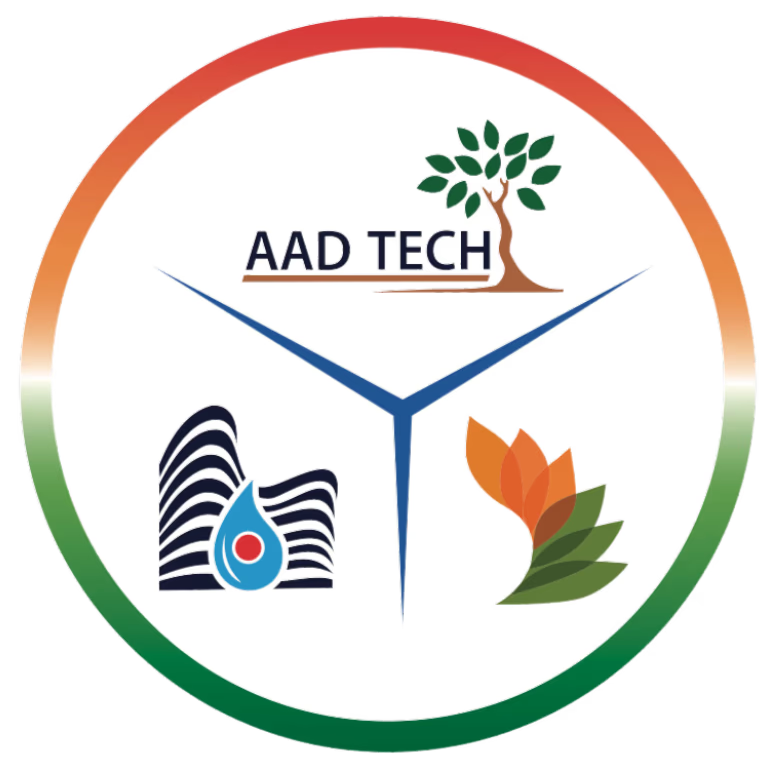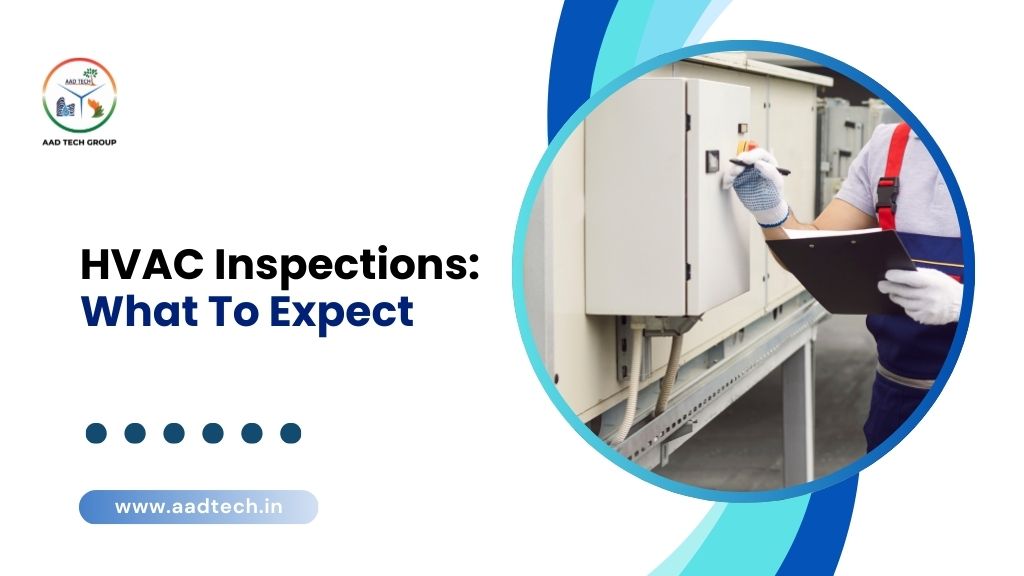Heating, ventilation, and air conditioning (HVAC) systems form the core of indoor comfort, be it in a residential complex, office building, hospital, or industrial setup. For them to maintain peak performance, periodic inspections are essential. A proper HVAC inspection not only detects possible problems before they become major issues but also maximizes energy efficiency, safety, and regulatory compliance.
As specialists in HVAC retrofits, energy-efficient fans, and system upgrades, we know that preventive inspections can save organisations significant costs over time. When it’s time to schedule your next HVAC service, here’s a complete checklist of what you can expect during an inspection.
Why Regular HVAC Inspections Matter
- Energy Savings: Inspections help detect inefficiencies, such as dirty filters or worn-out parts, that cause higher energy consumption.
- Extended Equipment Life: Regular checks avoid costly breakdowns and extend the life of HVAC equipment.
- Better Indoor Air Quality: Keeping air handling units (AHUs) and filters in good working condition keeps dust, allergens, and pollutants out.
- Compliance and Safety: Manufacturing facilities, hospitals, and cleanrooms require inspection to ensure compliance with safety and industry regulations.
HVAC Inspection Checklist
Air Filters and Airflow
- Check and replace dirty or plugged filters.
- Provide adequate airflow through ducts, vents, and diffusers.
- Check pressure drop across filters for system efficiency.
Fans and Motors
- Inspect fan blades for dust or damage.
- Check motor bearings and belts for wear.
- Check fans for correct speed and direction.
- In retrofitted systems, check that EC fans are set for energy efficiency.
Air Handling Units (AHUs)
- Inspect coils for dirt, corrosion, or clogging.
- Check condensate drain pans and lines for clogs.
- Test fan operation in AHUs, particularly in such high-ventilation applications as hospitals or data centers.
- Make sure any recent upgrades to AHUs comply with system specifications.
Refrigerant Levels and Cooling Components
- Inspect refrigerant levels and check for leaks.
- Check evaporator and condenser coils for adequate heat exchange.
- Check temperature differentials between cooling components.
Thermostats and Controls
- Test the thermostatic sensor calibration.
- Check that smart control systems are correctly integrated.
- Verify programming mistakes in automated systems that can lead to inefficiency.
Ductwork and Insulation
- Examine ductwork for leaks, blockages, or improper sealing.
- Verify insulation intactness to avoid energy losses.
- Perform airflow testing to ensure balanced distribution.
Electrical Connections and Safety Checks
- Examine wiring, circuit breakers, and electrical connections.
- Test safety switches, overload controls, and emergency shutoff devices.
- Verify grounding and bonding for conformance.
Heating Components
- Examine burners, ignition components, and heat exchangers.
- Confirm combustion safety and carbon monoxide concentration.
- Clean and adjust heating controls.
Noise and Vibrations
- Check for abnormal noise in fans, motors, or compressors.
- Check vibration levels in rotating equipment.
- Provide quiet operation, particularly in sensitive areas such as healthcare facilities.
System Performance Evaluation
- Measure overall system performance.
- Compare operating conditions with manufacturer documentation.
- Create a report with recommendations for repairs, replacement, or upgrades.
How Often Should HVAC Inspections Be Done?
For industrial and commercial installations, inspections ought to normally be done twice a year, before the cooling season and before the heating season. Quarterly inspections might be required in critical areas such as hospitals or cleanrooms. Residential systems might need at least one check every year.
Working with the Right HVAC Specialist
Though checklists are useful, the utility comes in having expert professionals fill them. Organizations like Aad Tech offer specialized services like EC retrofits, AHU upgrades, and energy-efficient fan solutions that can be included in inspection reports. That way, your HVAC system is not only running but also cost-effective and future-proof.
Conclusion
Routine HVAC inspections are about maximizing performance, reducing energy costs, and maintaining safety. With a clear-cut checklist in mind, you can conduct your next inspection with confidence. And with the right technology partner such as Aad Tech, these inspections can result in wiser, more environmentally friendly, and more efficient HVAC systems.

